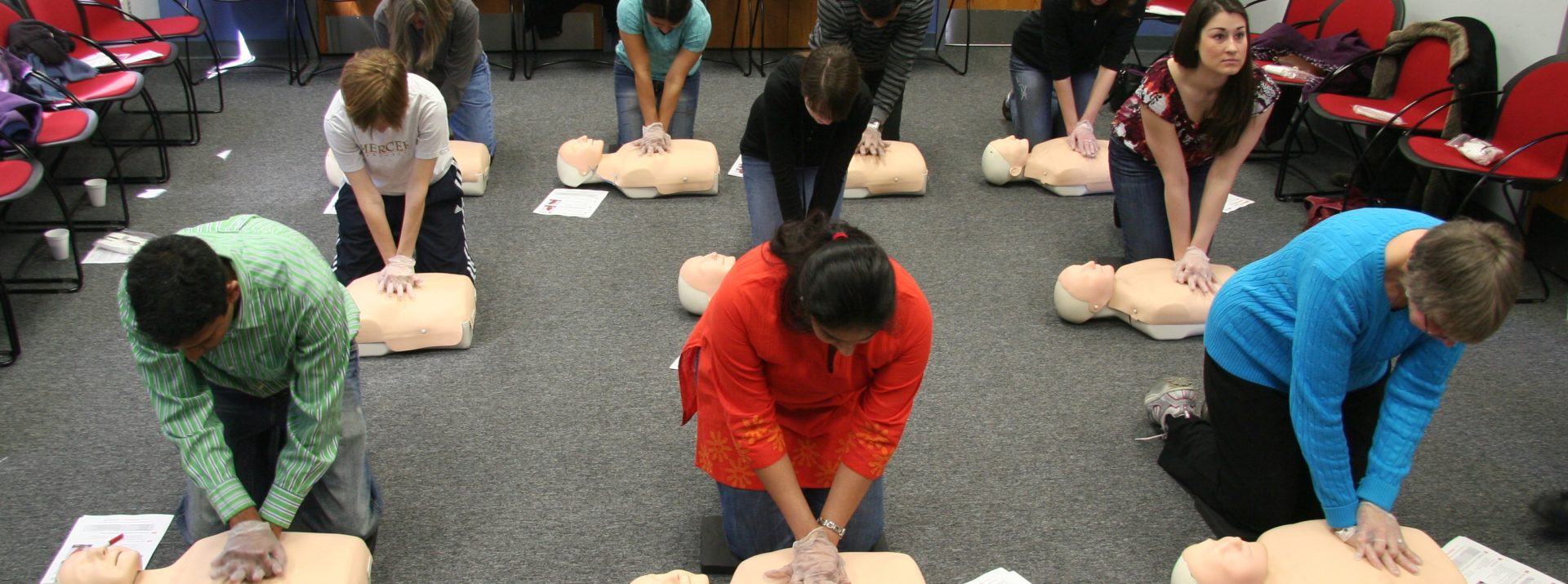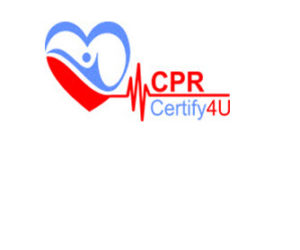For high of the civilized world, specially in nations like Australia, France, and Canada, there’s a massive push into the sustainable energy market that today is driven mainly by solar technology. When many people think solar power, they’ve pictures of these large, unsightly glass panels which can be just strewn across fields absorbing sunlight. The actual construction and style of the panels are a lot newer now, they could make beautiful, practical addendums to plenty of homes.

The main element for you to get the most effective types of solar power systems for your home that work the most effective and give you the very best value is to locate quality solar contractor. Though, for a few people, they aren’t sure what these contractors do. Usually, a specialist employed in the solar market is your go-to source to manage your position all the way through. They are going to supply you with a quote and consultation that’s specific to your property and placement. They will take you step-by-step through your alternatives and talk you thru how much you need. And, additionally, they handle investing in the merchandise and ensure that they’re working and doing everything they promised.
Top Important things about a Quality Solar Professional On your side
To help you get to know, allow me to share the superior few benefits you will receive by going with a winning contractor.
The Experience You Don’t Have
The fact with the matter is that you don’t should check out any specialized school to put in solar power systems. You wouldn’t build we’ve got the technology; you would you should be connecting things and hooking the rigs up per their design. Even still, it’s a very complicated and involved job. Not only do you need to create the panels and ensure they’re angled and moving the correct way, however you also have to set up the battery rigs, the converters, and tie it into your home’s primary power outlet/source. The service ‘s what a solar companies in DFW can provide in your case, that you simply cannot handle yourself if you do not use a considerable time and some knowledge of these kinds of work.
A chance to Adjust
Let’s state that you decided, a to z, to find and install solar power panels yourself. You get the panels you believe are correct, so you check out hook them up. However, once you’re midway with the project, it becomes clear that you haven’t gotten enough panels to offer enough electricity to really run your house. Or maybe you do almost all of the work and will not obtain the converter identified, which means that your batteries won’t charge. You’ve wasted money and time, and also this all has been prevented by going with a qualified contractor. They could enable you to get that capacity to adjust and obtain it right.
Customization and Cost Framing
Something a contractor can present you with that you probably can’t do your own self is framing how big is the cost of a process that will meet your exact specifications. Every residence is a little different, and most individuals have a different, limited budget. Precisely what a contractor can do is find a system that gives you with everything that you’ll require on your power needs, whilst meeting your budgetary requirements.
System Integrity
How well may be the system being employed by your own home? Another thing a quality contractor can do is hang around that may help you ensure you’re getting all you can out of your system, meaning that they’re not just planning to tighten a couple of screws and after that run off giving you. What they’re likely to do is help calibrate the machine so that you’re receiving the level of electricity over the conversion that you’re supposed to be getting.
Everything told, getting a quality contractor may be the only way to go. There are several benefits that you’re planning to gain if you select the best solar power contractor in your town. From a to z, this can be the the easy way make sure you get a quality setup that you could afford.
For details about solar companies in DFW take a look at the best web portal



